Upgrades for emissions-free research station in Antarctica
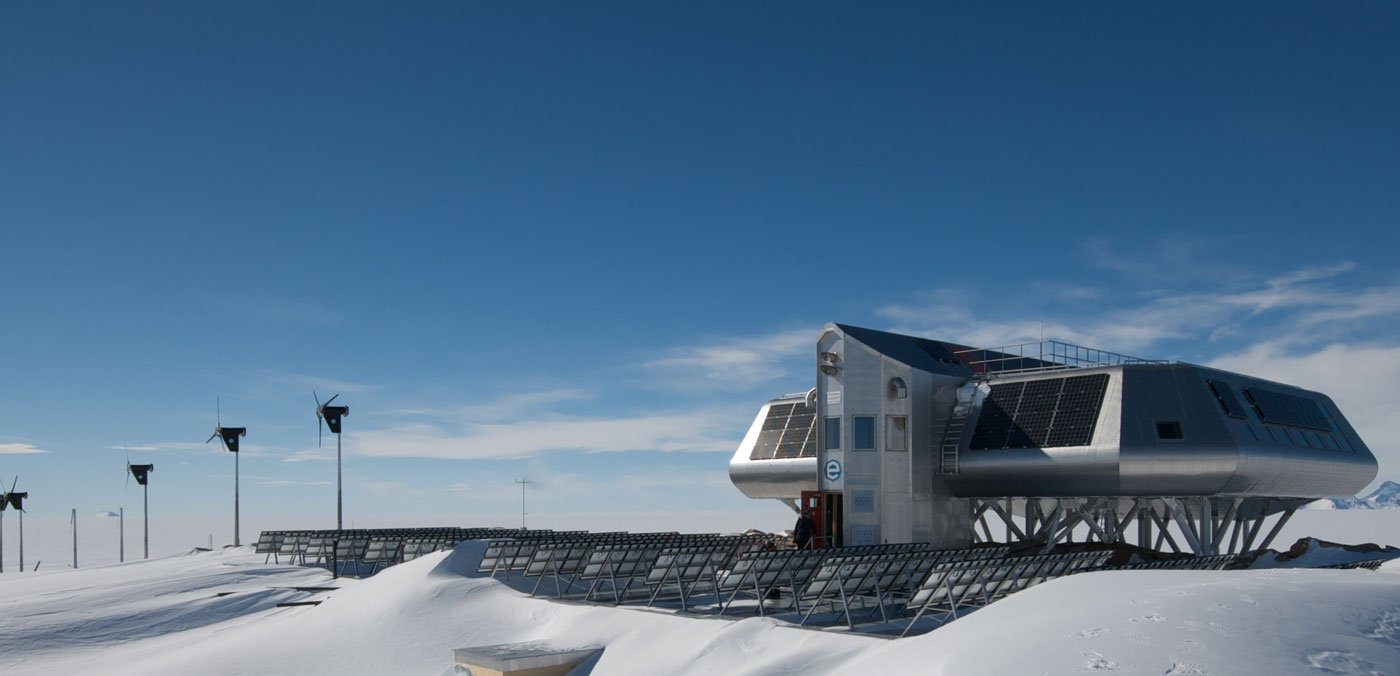
The Belgian polar base Princess Elisabeth Antarctica is the first emissions-free research station in Antarctica. A hybrid system that intelligently combines the renewable energy sources of the sun and wind provides the energy to supply the station, making electricity and heating available to the researchers on-site. The system is now to be expanded and optimized for future operations. The first step in this endeavor was to install a Data Manager M.
The Princess Elisabeth Antarctica station is operated by the Brussels-based International Polar Foundation (IPF). From the start, the not-for-profit foundation set itself the aim of establishing the first completely carbon-neutral polar base. This is because pure diesel operation is harmful to the environment and very expensive due to the long transport distances for fuel. Here, one liter of diesel can cost as much as €12.
 Withstanding the wind and cold
Withstanding the wind and cold
The researchers face a fair few other challenges here at the foot of the Sør Rondane mountains in East Antarctica, 200 km from the coast: In the summer months, the sun shines around the clock, whereas in the winter it’s almost always dark. The environment is ravaged by extreme temperatures of an average of –25°C and persistent, sometimes gale-force winds.
Stand-alone grid for a stable electricity supply
The central control unit for the station’s energy supply comprises an SMA multicluster system with Sunny Island battery inverters. These form a microgrid and ensure that enough energy is always available — either directly from the PV modules or wind turbines or in the form of stored energy from the batteries.
After ten years, it’s now time for an upgrade. The station is also to be expanded for long-term operations. Solar expert Guus Luppens from Group VHC is spending two months at the station and is responsible for the technical innovations necessary for this vital energy supply.
“Fortunately, I’ve also installed a storage system with Sunny Island battery inverters at home,” said Guus. “So my house is equipped with a miniature version of the large-scale system here in the Antarctic. This means that I’m very familiar with the components and I have a pretty good idea of what’s important.” Alongside the system expansion, one of the most important steps is thus replacing the Sunny WebBox with the Data Manager M. “With this, the station is establishing a core component of intelligent and holistic energy management,” said Guus, “because energy generation and consumption can be coordinated precisely.”
Better analysis of consumption data with the Data Manager M
The station is currently occupied only during the Antarctic summer. This means 24 hours of sunlight, as the sun traces a circular path around the station. This is also why all sides of the station are completely covered with PV modules to achieve the maximum yield. “But as soon as the batteries were fully charged, it wasn’t possible until now to use any remaining potential energy,” explained Guus.
“Thanks to the Data Manager M, we can now see where the energy goes and where it comes from. We can now coordinate everything even more effectively. We’d ultimately like to utilize as much solar power as possible, including for heating water and charging electric vehicles.” That’s why the excess electrical energy is diverted away so that it can be used for heating water and melting snow. This is extremely important for showering and preparing drinking water.
Electricity is vital at the research station
Under these extreme conditions, all installations have to meet highly stringent quality standards. “Rigid cables, for example, would break easily here due to the frost. The high-quality SMA devices are ideal for such extreme locations,” said Guus.
Just as important as the premium quality of the devices are thorough system testing and expert knowledge. If there is a power outage here, nothing will work anymore: no heating, no ventilation and no Internet. In somewhere like the Antarctic, this is life-threatening. “In critical situations like this, all eyes are on me,” said Guus. “The electricity often has to be switched off whenever repairs need to be carried out, so we unfortunately cannot completely dispense with the diesel generators. But it’s our aim to use them as little as possible to minimize the impact on the climate and nature.”
The aim: completely eliminate diesel generators
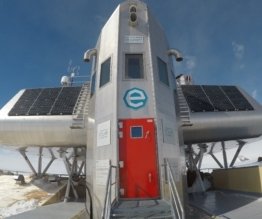 Diesel generators are also often used on mobile deployments when measurements are taken in the surrounding area. Not only is this expensive, but it also interferes with the sensitive air quality measurements. Small and large mobile generators equipped with storage systems and PV modules are currently in development. The overall aim is for all on-site activities to be conducted as energy-efficiently as possible. Even the snowmobiles that the researchers use as a means of transport are now charged via storage systems. For this purpose, the system is being expanded to include 160 modules, SMA inverters and additional wind turbines.
Diesel generators are also often used on mobile deployments when measurements are taken in the surrounding area. Not only is this expensive, but it also interferes with the sensitive air quality measurements. Small and large mobile generators equipped with storage systems and PV modules are currently in development. The overall aim is for all on-site activities to be conducted as energy-efficiently as possible. Even the snowmobiles that the researchers use as a means of transport are now charged via storage systems. For this purpose, the system is being expanded to include 160 modules, SMA inverters and additional wind turbines.
Plans for expansion
The amount of space available in the station is also to be increased. Originally designed for 16 people, the station will one day accommodate 40 to 50 people. Since the main building is designed like a space station with all the most important technical systems centrally located in the middle, the plan over the next few years is to construct a brand-new, climate-neutral building equipped with the tried-and-tested Sunny Island multicluster system.


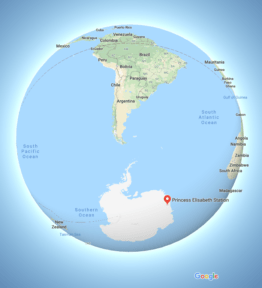
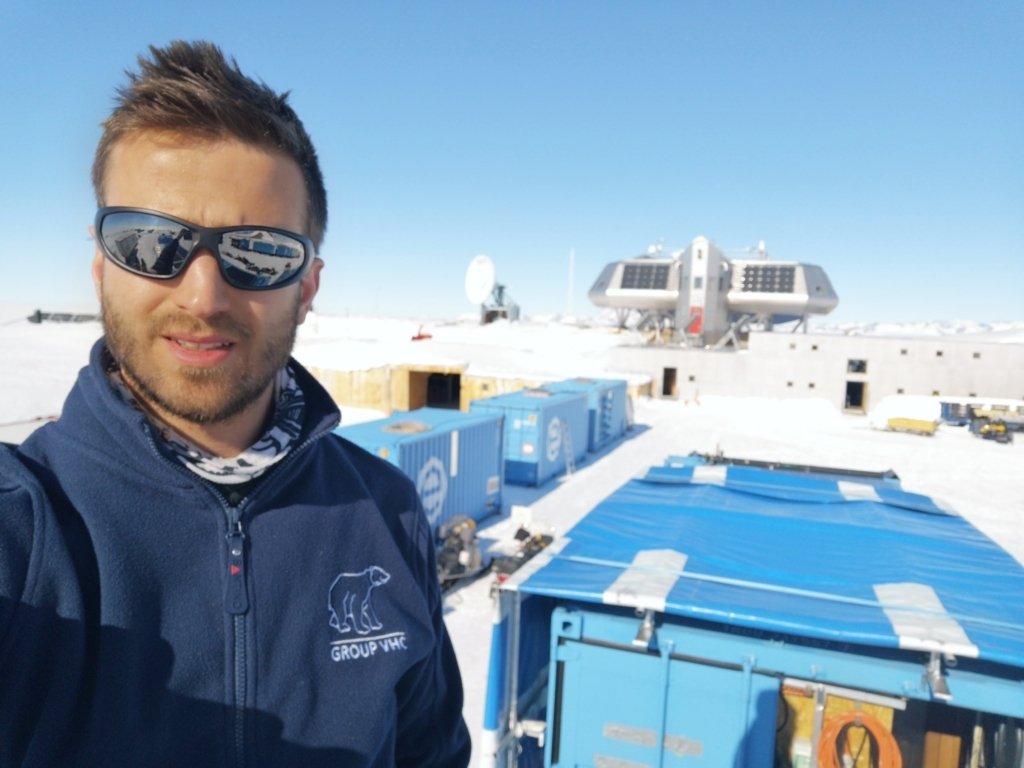
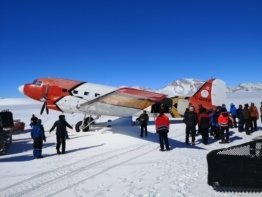
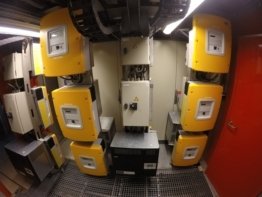
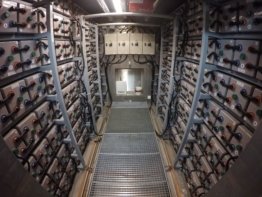
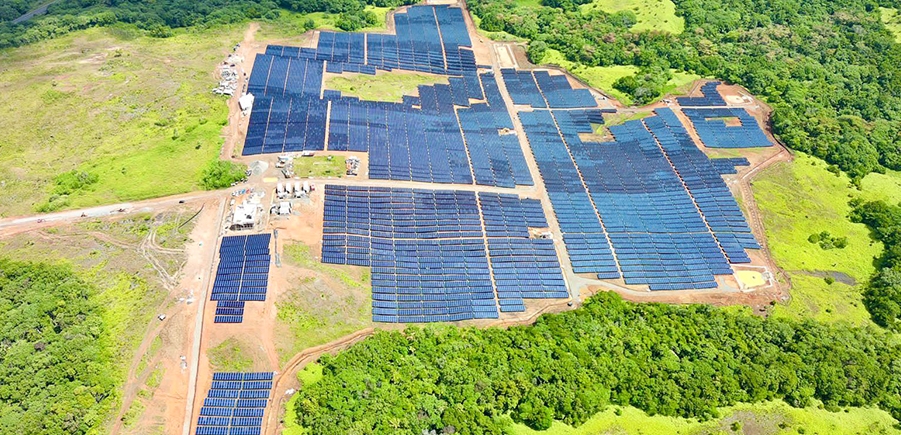
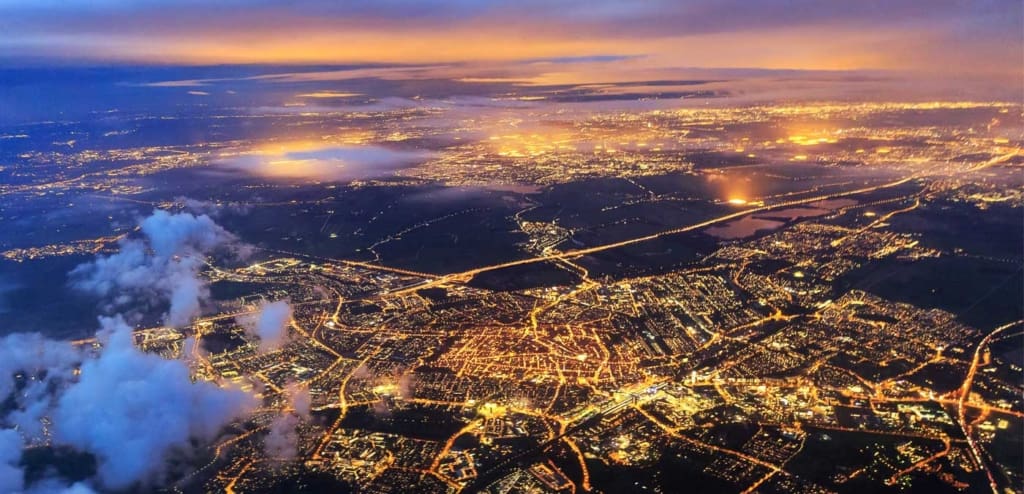

Feel free to contribute!